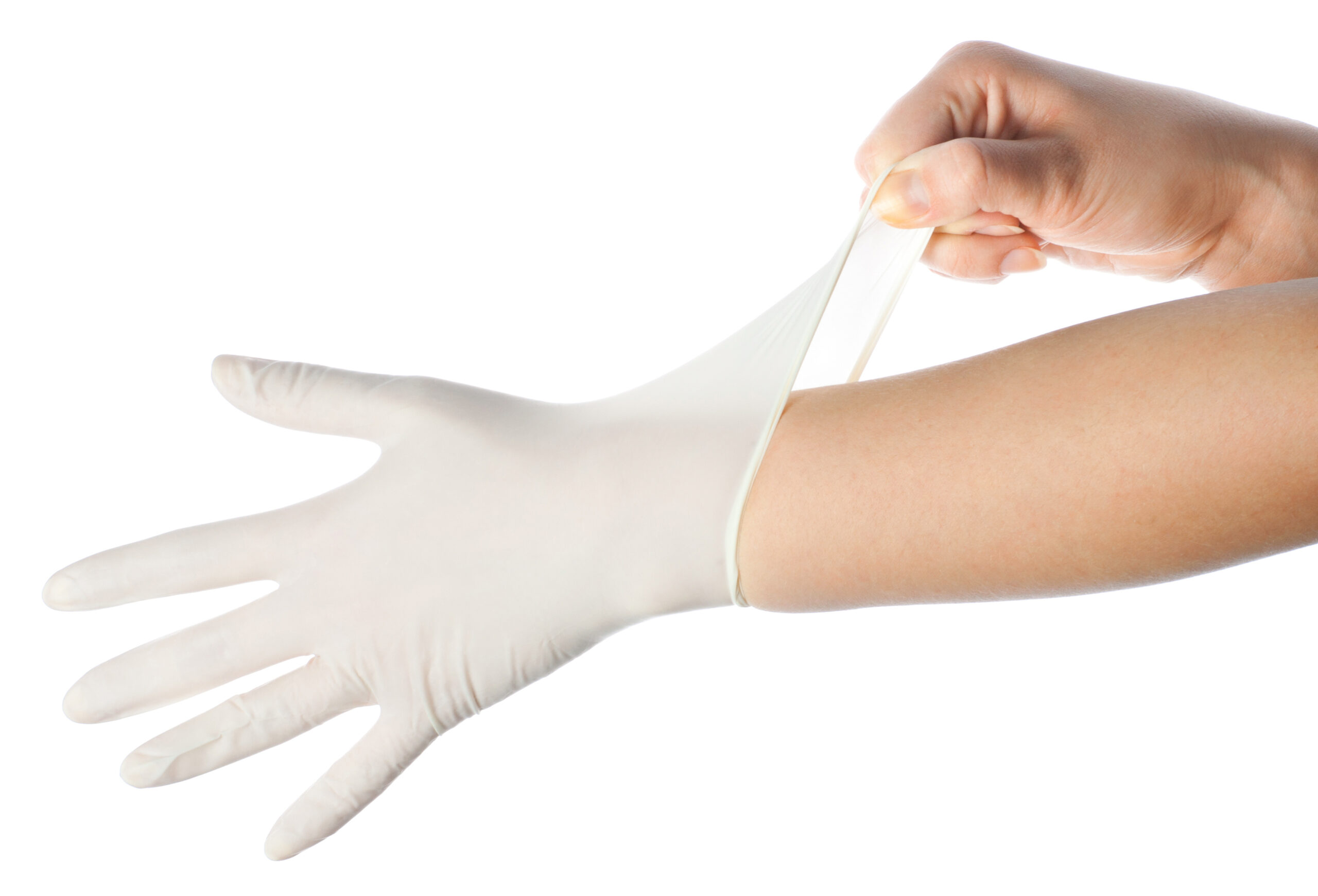Beyond Thickness: Uncovering the Science of Advanced Hand Protection
Home /
Ask GIA Blog /
Beyond Thickness: Uncovering the Science of Advanced Hand Protection
When it comes to glove specifications, our customers come to us with various different specifications often due to their industry’s demands. Usually, most customers’ first criteria and feature when choosing gloves is glove thickness. Of course, this is usually with the concern of glove dexterity, as thickness can influence the amount of flexibility in a glove. However, the other reason customers often come to us requesting certain thickness is the belief that glove thickness and hand safety are correlated. While glove thickness can offer hand protection, it does not always offer better hand protection. This week’s ASK GIA blog will discuss the specific aspects that can make a glove stronger and offer better hand protection.
While thickness can provide basic hand protection, it’s not the only criteria for a tougher glove. Thicker gloves can be just as susceptible to perforation and glove failure as thinner gloves. Thickness is only an illusion for hand protection and glove manufacturers now have more modern technology to offer lighter weight gloves with greater protective qualities. Some manufacturers include fillers to increase the thickness of gloves, which compromises the performance of the glove.
How to determine better hand protection?
There are a couple qualities to determine the quality of a glove’s protective abilities and that includes a glove’s: elongation, tensile strength, ANSI abrasion and cut levels, as well as their chemical permeation specifications.
- Elongation is applying tensile force, stretching the material and determining the length difference from the original. If elongation is too low, the glove will tear easily if it gets caught on something. If elongation is too high, it may not be able to provide as much protection against permeation of chemicals. A glove that has good, or high elongation, will stretch instead of tearing when snagged.
- Tensile strength is measured in the amount of force in pounds per square inch (psi or MPa) required to pull apart a product until material failure. Too low in tensile strength results in a weaker glove and too high in tensile strength means the glove is easier to snap or break off when stretched as well. .There must be a careful balance too, as having too high tensile strength can make a glove uncomfortable to don and doff.
- Abrasion simply means the potential of being scrapped or worn away due to friction, and ANSI is the metric that abrasion levels are denoted. The American National Standards Institute (ANSI) and the International Safety Equipment Association (ISEA) set a standard model in place to measure glove abrasion levels. ANSI/ISEA 105-2016 (as noted from the assigned number, it was established in 2016) is the North American standard which is based off of the abrasion tests set by the American Society of Testing Materials (ASTM). ASTM D2289-10 and ASTM D3884-09 are the testing standards for abrasion testing. They measure the number of cycles it takes for an abrasion machine to break down the glove material or create a hole. There are seven ANSI abrasion levels. The first four levels (0-3) are tested in batches of 500 gram loads of gloves while the last three levels (4-6) are tested in batches of 1000 gram loads of gloves. Higher ANSI abrasion levels correlate to a glove that is more likely to hold up over time while under constant contact with rough workplace surfaces or equipment.
- Cut levels measure the cut resistance of a glove. Cut resistance determines the ability for a glove to withstand the weight or force on the glove material before it is cut through by a blade. This is incredibly important as the more cut resistance a glove has, the more protection it will provide, especially when working with machinery or sharp equipment. ANSI and ISEA also established the rating standard for cut resistance in North America, which falls under ANSI/ISEA 105-2016 as well. The standard they established is based on the ASTM F2992-15 test. The standardized rating has nine levels from A1 to A9. A higher ANSI cut level rating correlates to a glove that is less easy to fail when in contact with sharp machinery or equipment.
- Chemical permeation is the amount of time until a chemical passes through the glove material. This will differ depending on the material of the glove and manufacturer’s formula. It is best to look at each glove’s specific chemical permeation sheet for the specific chemical that will be present in the working environment.
SW gloves are all thoroughly and strictly tested against industry scientific standards. Our business uses scientifically verified and industry-approved principles to manufacture our products. We strive to be transparent with our customers and each of our glove’s specifications are listed on each product’s webpage.

